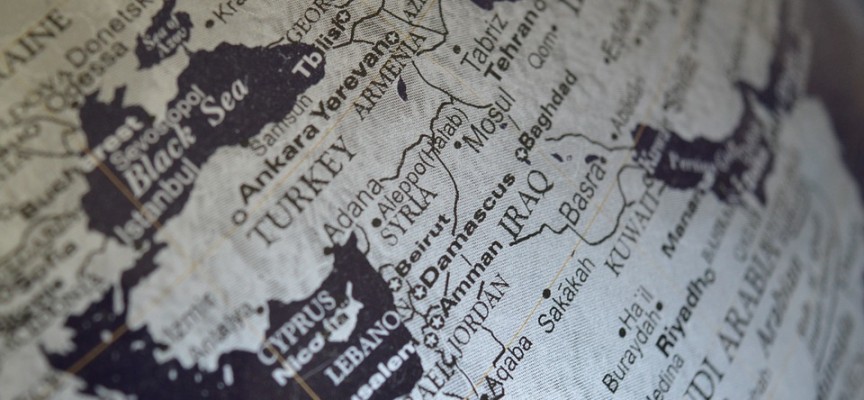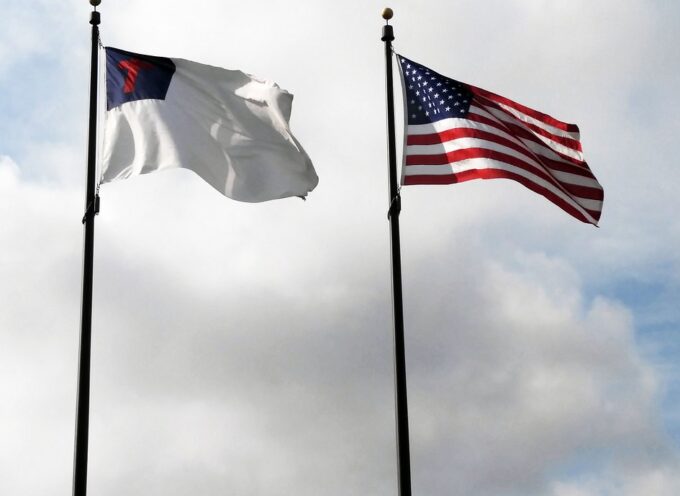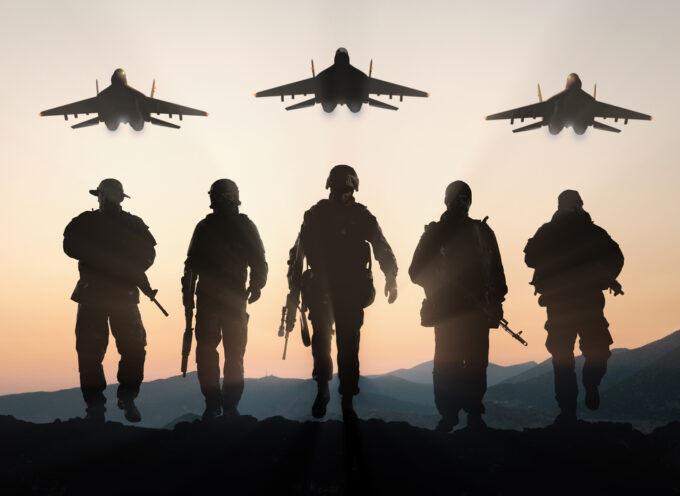For those persons interested in deepening and expanding their understanding of geopolitics and the Muslim world, Vali Nasr’s The Shia Revival: How Conflicts within Islam Will Shape the Future of the Globe is a fine place to start.
In fact, because of Nasr, I now sit corrected. In years past, I had viewed conflicts in the Middle East as centering primarily on Muslim frustration with globalization, modernity, and Christianity. However, Nasr’s book reminds us of the centrality and significance of the historic Sunni-Shia divide if one wishes to understand the dynamics of the Muslim world.
Nasr is an Iranian-American scholar, Director of the Johns Hopkins School of Advanced International Studies in Washington, D.C., and a Senior Fellow in foreign policy at Brookings Institution.
Nasr’s thesis is that one cannot understand the Muslim world and its complexities without understanding the historical rift between Sunni and Shia Muslims, a rift that continues to this day. To make his point, Nasr weaves history, Islamic theology, and recent events together with interviews and anecdotes. The result is a well-researched, fast-paced book.
In the first two chapters, Nasr gives an account of the rise and development of Shia Islam, as well as an explanation of the differences between Shiism and Sunnism, and between Shiism and Sufism. As a basic English-language introduction to Shiism, there may not be a better one-stop breviary. In the third chapter, Nasr speaks of the rise and decline of Arab nationalism, arguing that it has lost its appeal as a driving force in Middle Eastern politics. This sets the stage for Chapter Four, in which Nasr describes the rise of the Ayatollah Khomeini.
He tells the story of the philosopher and jurist Mehdi Haeri Yazdi, who visited Khomeini one night during the years of the Iran-Iraq war. Haeri found his old teacher Khomenei alone, on a rug before a small pool. Haeri expressed his concern about the slaughter of hundreds of thousands of Muslims at the hands of other Muslims. Khomeini’s reply was, ‘Do you also criticize God when he sends an earthquake?’ (120). Haeri, in shock at Khomeini’s implicit comparison of himself to God, got up and left the room never to visit with Khomeini again. In another vignette, Nasr tells the story of a parliamentary deputy who asked Khomeini if he was the Twelfth Imam. After Khomeini did not answer, the MP repeated the question, at which point Khomeini refused once again to deny that he was the promised Mahdi. These stories, interpolated by his commentary, set forth Nasr’s view that, while outsiders might see Khomeini as the epitome of traditionalism, in reality Khomeini’s Shiism is a historical and doctrinal aberration.
In Shia contexts, Khomeini polished his Shia image. However, outside of Shia contexts, he sought to appeal to Sunnis: ‘Khomeini’s ambitions also extended beyond Shiism. He wanted to be accepted as the leader of the Muslim world, period’ (137). Even his anti-Americanism, argues Nasr, was primarily a byproduct of his ambition to win the Sunnis to his leadership. As a result of Khomeini’s rise to prominence, the Sunni world awakened. The House of Saud promoted and mobilized Sunni fundamentalism as a counter to Shia fundamentalism. They worked closely with the Wahhabi ulama to build mosques and seminaries, and to mobilize preachers, writers, and activists who would reduce or eliminate the influence of Shiism in general and Iran in particular.
In Chapter Six, ‘The Tide Turns,’ Nasr recounts the narrative of the fall of Saddam’s regime. This shifted the balance of power in favor of the Shia, opened up Iraq’s seminaries and holy cities, brought in Shia pilgrims to Najaf and Karbala, and contributed to the rise of the grand ayatollah Sayyid Ali al-Sistani. Sistani is the hero of this chapter and indeed of the book. Nasr describes him: ‘Sistani is from the old school. He is first and foremost a scholar, intelligent and well read, with a keen appreciation for history and a gift for seeing the big picture. He rose in the ranks in Najaf owing to the quality of his scholarship’ (171). But more importantly, unlike Khomeini, he sees the ulama primarily as teachers and defenders of Islam. For Nasr, Sistani is the single most important figure in the Muslim world in that he is capable of building consensus, supports accountable and representative government, and holds an approach to politics that ‘stands as the most compelling and most credible challenge that fundamentalism and other forms of authoritarianism have ever had to face’ (173). Sistani is the leader most likely to work with the United States and support democratic change.
In the rest of the book, Nasr continues his narrative of the post-Saddam Middle East. He chronicles the early days of the US invasion, showing in detail the divide between Iraqi Shias and Iraqi Sunnis. Further, he details the parallel rise of Iran as a political and religious power as well as cultural experimentation: ‘No other country in the Muslim world is so rife with intellectual fervor and cultural experimentation at all levels of society, and in no place in the Muslim world is modernity and its various cultural, political, and economic instruments examined as seriously and thoroughly as in Iran’ (213). Finally, he gives a country-by-country overview of the Muslim world, fleshing out the possible effects of the Shia revival in those contexts.
Where Nasr succeeds most brilliantly is in his introduction of Shiism to the Western public. His account of the rise and development of Shiism, along with his exposition of the Shia-Sunni divide, is exactly what the American and European public (and some foreign policy makers) has needed. He is also successful at showing why the Shia-Sunni conflict has become more salient of late. What remains to be seen is how accurately he forecasts the politics of the Middle East and the Muslim world’s relations with the West.
Nasr may have overplayed the consequences of the Shia revival. Although the Shia-Sunni split will likely be a major factor in Middle East politics, for the time being the U.S.-Iran and Palestine-Israel conflicts will likely be equally significant. In addition, globalization, modernity, and economic factors such as oil could turn out to be just as influential. This is not to say that Nasr is wrong; he has made a strong and often persuasive argument and history may prove him right.”
The Shia Revival is a bit outdated, the revised and expanded edition having been published in 2007, and yet it remains prescient for readers who are interested in Islam, politics, and international affairs.
Book: The Shia Revival, rev. ed. (2007)
Author: Vali Nasr
Region: Middle East/Central Asia (Iran)
Genre: History/Current Affairs
Length: 310 pp.
Difficulty: Intermediate
Subscribe
Never miss a post! Have all new posts delivered straight to your inbox.







